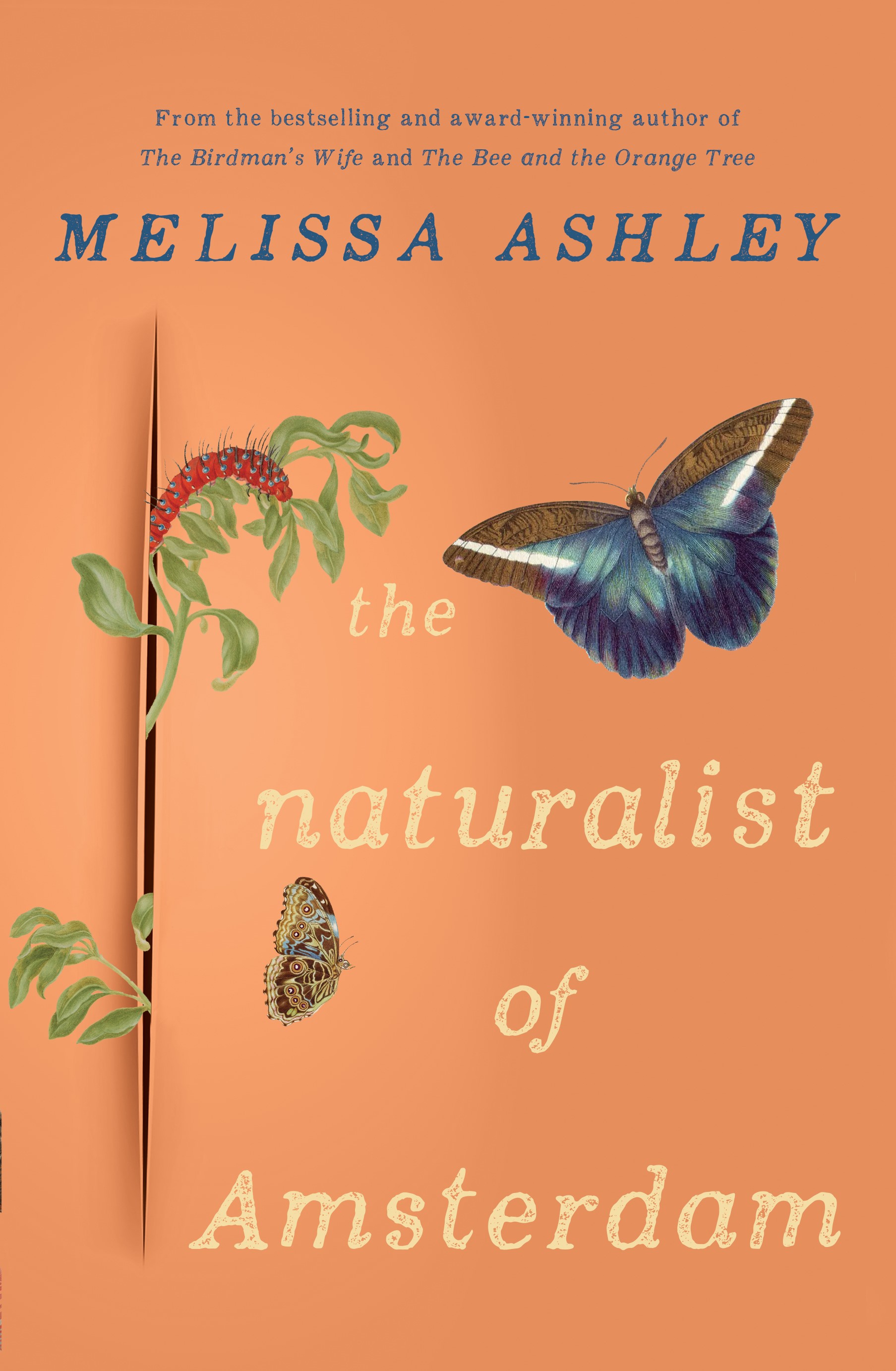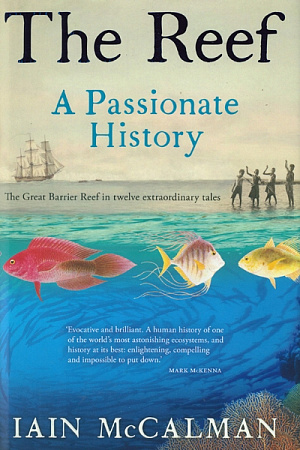The Naturalist of Amsterdam
Affirm Press, $39.99 hb, 400 pp
Raising silkworms
What child has not been fascinated to watch the miraculous metamorphosis of a hungry caterpillar to pupae and then butterfly in a glass jar on the table? This transformation is such an everyday part of our ecological awareness as to be almost child’s play. What was once the cutting-edge technology of scientific observation – the transparent glass isolation chamber, the magnifying lens, and the microscope – has now become household tools for educating children, as if we must recapitulate the lessons of our historical scientific development through our own childhoods.
While the life cycles of a great many insects still remain a mystery to be solved through patient observation, others have been well known for thousands of years. Silkworms were said to have been bred and raised for silk production in China since 3000 BCE, an industry that slowly crept west, eventually reaching Germany by the seventeenth century.
Maria Sibylla Merian (1647–1717) seems to have been somewhat ahead of trend when she started raising silkworms as a child. Merian was precocious in a number of ways. Born into a family of artists and engravers, she trained early to draw and paint the flowers and insects that characterise Dutch still-life painting. Having observed silkworms turning into moths, she captured and raised other caterpillars to see what they would turn into. Her exquisite documentation of this metamorphosis led to her pioneering the ecology of insect development, finally putting to rest the notion that insect life spontaneously generated from mud, dust, or putrefaction.
Continue reading for only $10 per month. Subscribe and gain full access to Australian Book Review. Already a subscriber? Sign in. If you need assistance, feel free to contact us.















Leave a comment
If you are an ABR subscriber, you will need to sign in to post a comment.
If you have forgotten your sign in details, or if you receive an error message when trying to submit your comment, please email your comment (and the name of the article to which it relates) to ABR Comments. We will review your comment and, subject to approval, we will post it under your name.
Please note that all comments must be approved by ABR and comply with our Terms & Conditions.